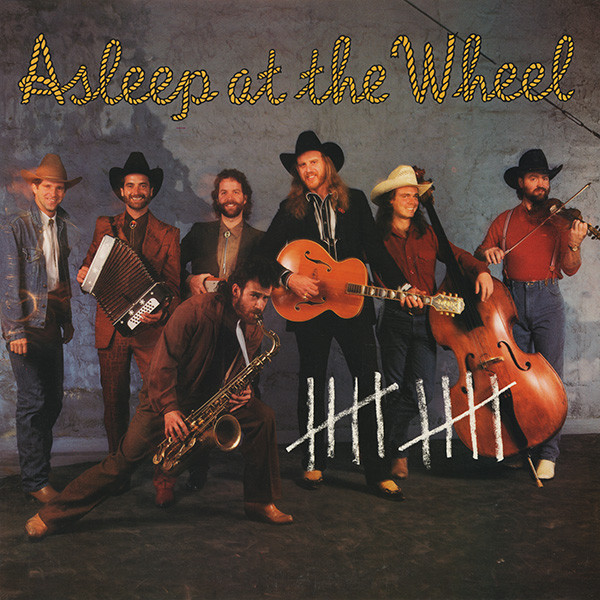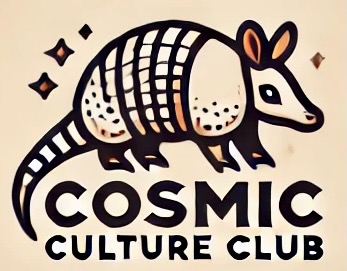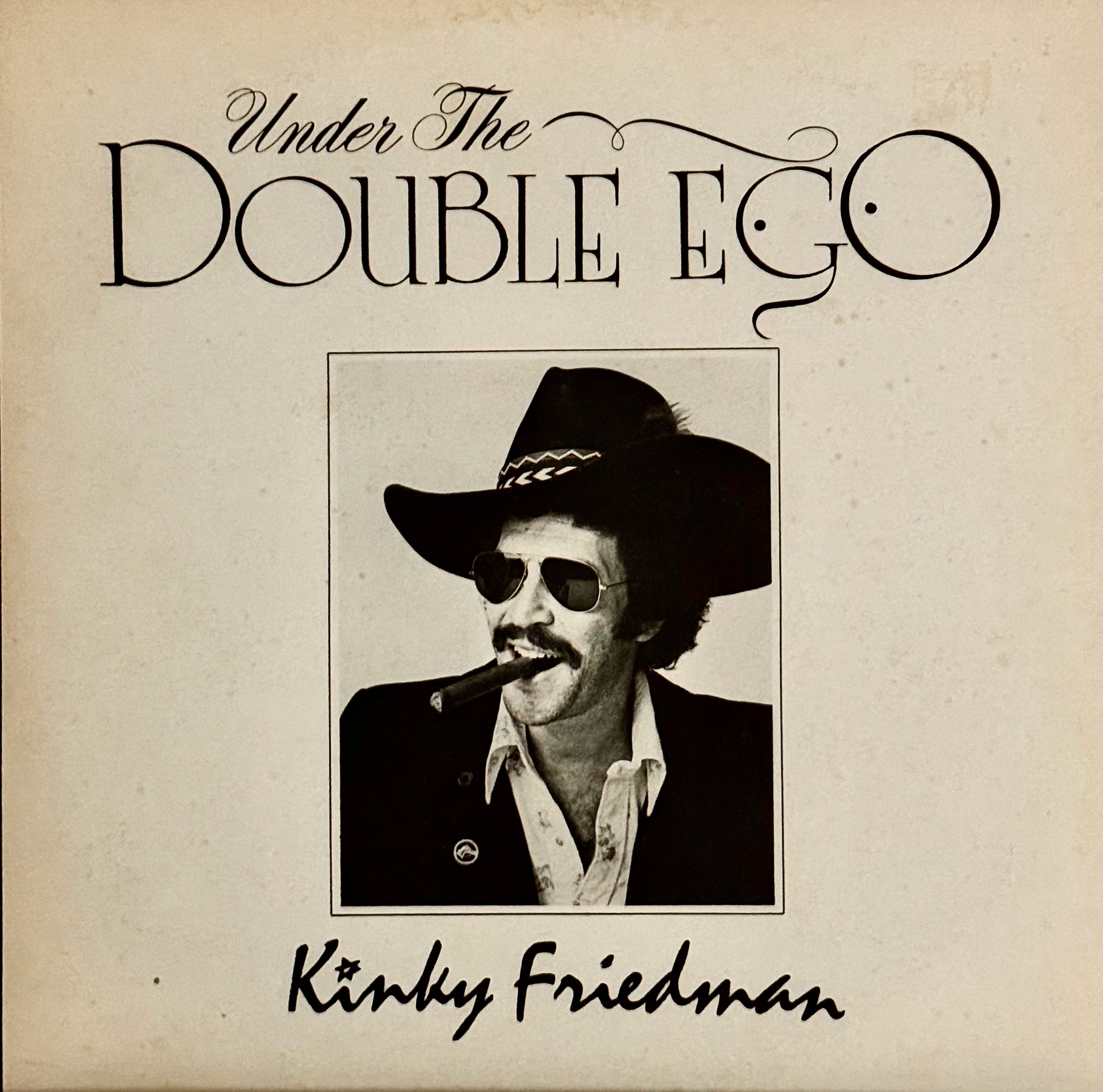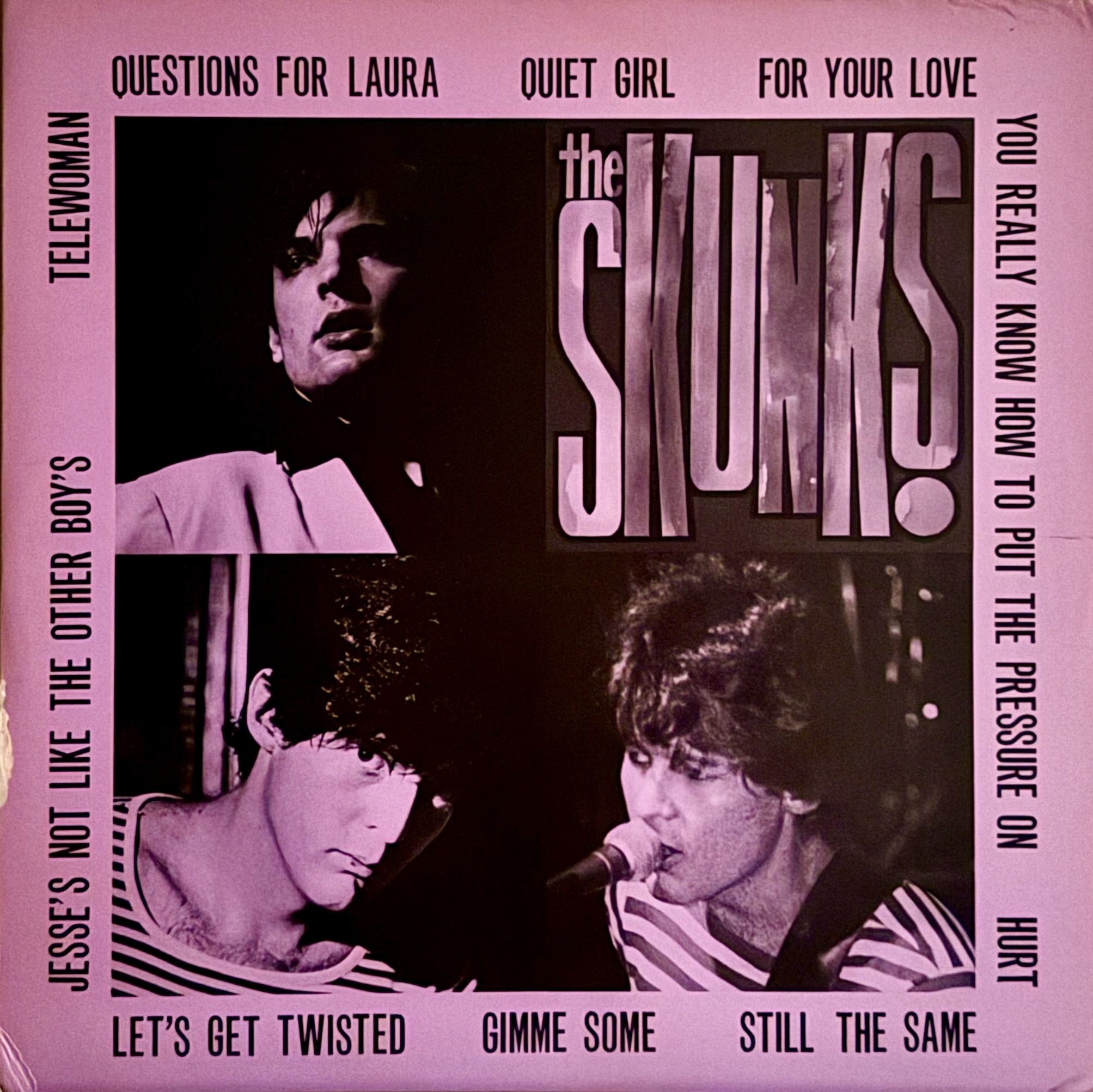Asleep at the Wheel
Album: 10
Released: 1987
After nearly a decade of following Ray Benson through the metaphorical desert, 10 was the album that welcomed Asleep at the Wheel back to the elusive promised land. Their relationship with Capitol Records ended in 1980, leading to lean times for the band. Life without a label demanded booking their own shows and crisscrossing the country in an old bus. Residencies at Harrah’s Casino in Lake Tahoe were considered a prime gig. Yeah, there were three sets a night, six days a week. There was also a steady paycheck and a real bed.
The band paid the dues, but we listeners reap the rewards. The music on 10 is steeped in roadhouses and dance halls and transports us to that time and place. You can feel the sawdust sticking to your boots when the needle drops and the fiddle starts humming. 10 wasn’t recorded by the same band that ruled the Seventies, and that’s not a figurative statement. It’s a different band. Ray Benson was the last man standing from the original lineup, and he handles all lead vocal duties—a stark departure from the previous version of the band that employed three distinct singers that pushed the band into different stylistic territories. His rich baritone drives a tracklist of songs that stick to the middle lane of western swing and boogie-woogie without veering toward the borders.
True to the band’s no-frills ethos, the album was recorded in a converted mobile home in Spicewood, Texas. Benson was the sole producer, and despite being on a major label, the executives kept a welcome distance and let the boys do their thing. It worked. The album was a smash hit for the band, climbing to #16 on the charts and producing four singles.
“House of Blue Lights” was the best-performing track, and in his memoir, Ray Benson describes it as “the culmination of everything good about Asleep at the Wheel—contemporary but based on an old song from the 1940s, swing but not retro, and perfectly timed.” Other standouts include a honky-tonk dance hall version of Huey Lewis and the News blockbuster hit “I Want a New Drug” and a boisterous rendition of Guy Clark’s “Blowin’ Like a Bandit” that is guaranteed to get feet tappin’ and dancers swirlin’. One of the original songs, “String of Pars,” won a Grammy Award for Best Country Instrumental Performance.
The album is a Cinderella story that proved Ray Benson was capable of more than just catching lightning in a bottle. The first iteration of Asleep at the Wheel had a successful run that most bands only dream about. When the Capitol contract ended and core members started drifting away, a reasonable person might have hung up the guitar and waited for the reunion tour and greatest hits albums. By choosing the difficult path of rebuilding the band, piece by piece, and then leading them back to the top of the charts, Benson took a crucial step in transforming the legacy of Asleep at the Wheel from a footnote in music journalism to a revered Texas icon. This music is scarred with hardship, but it is joyfully two-stepping a victory dance.









